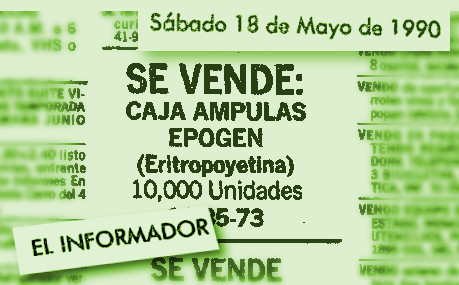- Aug 11, 2012
- 2,621
- 24
- 11,530
Weren't Sean Kelly and Fignon proven(or at least admitted)to have doped in the 80s? And Stephen Roche, Alexi Grewal(Grewal even went on FB or Twitter and apologized for it, but not sure when exactly he started).I'm confused about when the EPO era really began. Lemond would have you believe that it was the 1991 Tour...
However..there was the famous Gewiss 3 person destruction of the Fleche Wallone in 1994 that was supposed to be the sign that they were on to something new that the rest of the peloton hadn't caught on to yet. Bjarne Riis said he was introduced to EPO in late 92.
Hincapie said Lance was furious about getting destroyed by EPO takers at the 1995 Milan-San Remo.
I know there were the dutch riders in the 80's, but when did it become mainstream so to speak? Was Indurain on EPO in 1991?
I could swear I read in a book that the 7 Eleven team was doping too, not all, but many. Ochowicz was a crooked POS and always seemed to be around/involved with dopers and doping.
Some here have claimed(even though after repeated attempts of asking for credible proof, nothing was ever provided-how am I not surprised), that Hinault doped?
Last edited:







